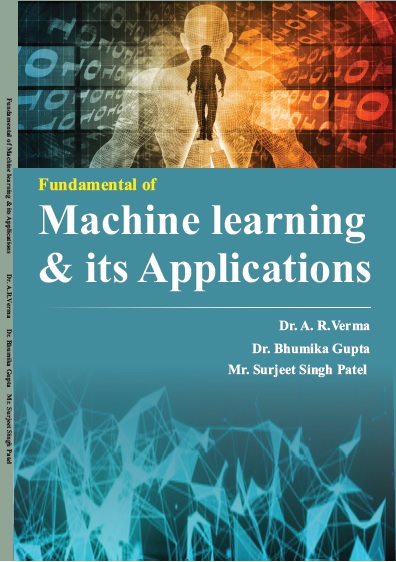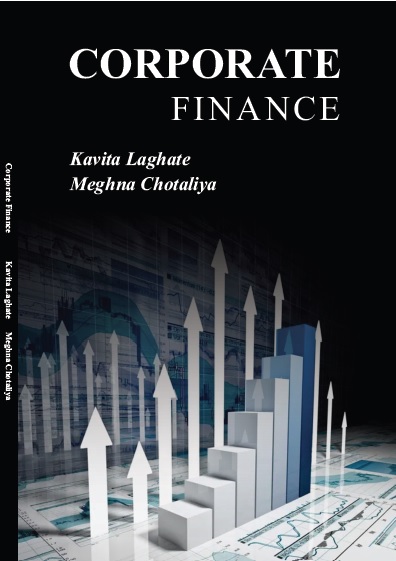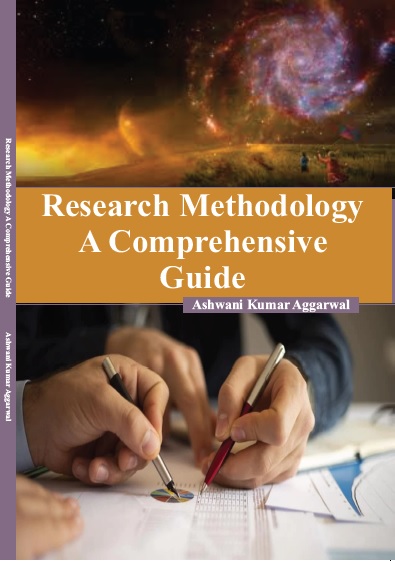SOCIAL SCIENCE AND HUMANITIES

Fundamental Of Machine Learning & Its Applications
by Dr. A.R.Verma
ISBN Number : 978 - 93 - 91478 - 54 - 4
Authors Details
| Author Name | Image | About Author |
|---|---|---|
| Dr. A.R.Verma |  |
Dr Agya Ram Verma was born Ayodhya, Uttar Pradesh, India. He received the B. Tech
degree in Electronic and Instrumentation Engineering from IET MJPRU Bareilly, UP, India,
in 2010. He completed the M.Tech. degree in Electronic and Communication Engineering
from the Indian Institute of Information Technology (IIIT), Design and Manufacturing,
Jabalpur, India. He received the PhD degree from Uttarakhand Technical University,
Dehradun, in 2019. He joined the Department of Electronics & Communication
Engineering, G. B. Pant Engineering College, Pauri Garhwal, India, in 2013, as Assistant
Professor. His research interest includes machine learning, signal processing. He has
published more than 35 research papers in refereed international journals and conferences.
He has published one Patent in 2021. He also obtains one R&D Project and one Constancy
Project. |
| Dr. Bhumika Gupta |  |
degree in Computer Science & Engineering from (U.P. Technical University), UP, India, in
2005. She completed the M.Tech. degree in information technology from Guru Govind
Singh Indraprastha University, Delhi, India. She received the PhD degree from
I.F.T.M.University Moradabad, in 2015. She joined the Department of Computer Science &
Engineering, G. B. Pant Engineering College, Pauri Garhwal, India, in 2019, as Associate
Professor. Her research interest includes machine learning, signal processing. She has
published more than 50 research papers in refereed international journals and conferences.
She has published one Patent in 2021. |
| Mr. Surjeet Singh Patel |  |
Mr Surjeet Singh Patel was born Chandauli, Uttar Pradesh, India. He received the B. Tech
degree in Electronic and Instrumentation Engineering from IET MJPRU Bareilly, UP, India,
in 2010. He completed the M.Tech. degree in Instrumentation from the Devi Ahilya
Vishwavidyalaya, Indore, India. He joined the Department of Electrical Engineering, G. B.
Pant Engineering College, Pauri Garhwal, India, in 2019, as Assistant Professor. His
research interest includes machine learning, signal processing. He has published more than
5 research papers in refereed international journals and conferences. He has published one
Patent in 2021. |
Book Description
An algorithm for applying machine learning rules the eld. Algorithms are an important part of machine learning, therefore you should put in the time and effort to learn about them. This guide was written by me to help you get started on your journey. Machine learning algorithms may be shown using insights, probability, and arithmetic based on direct variables. There are no ambiguities or omissions in the numerical representations. No matter how you look at it, this is not the greatest approach to represent articial intelligence (AI). To illustrate machine learning methods for designers, I wrote this book (such as myself). As designers, our approach is based on a scalable process. In our opinion, this is the best way to depict a machine learning calculation: 1. To put it another way, the algorithm's depiction is (the real numbers put away in a record). 2. A model is created by the algorithm using theoretically repeatable methods that are then used to generate predictions using the model. 3. With models that clearly illustrate how real values are plugged into equations and what yield gures may be expected. You will learn how machine learning algorithms operate without all the math, and you will be able to apply them to your own work in a spreadsheet or code using your favorite programming language, whichever you choose. As soon as you have mastered this skill, you will always have it at your disposal. The algorithms are reusable and may be used over and over again. Furthermore, you can deduce an algorithm's behavior from its underlying process, so you know exactly what is happening and how to make the most of it. Basically, this book is going to take you on a tour of machine learning methods. Let us get started, shall we?














